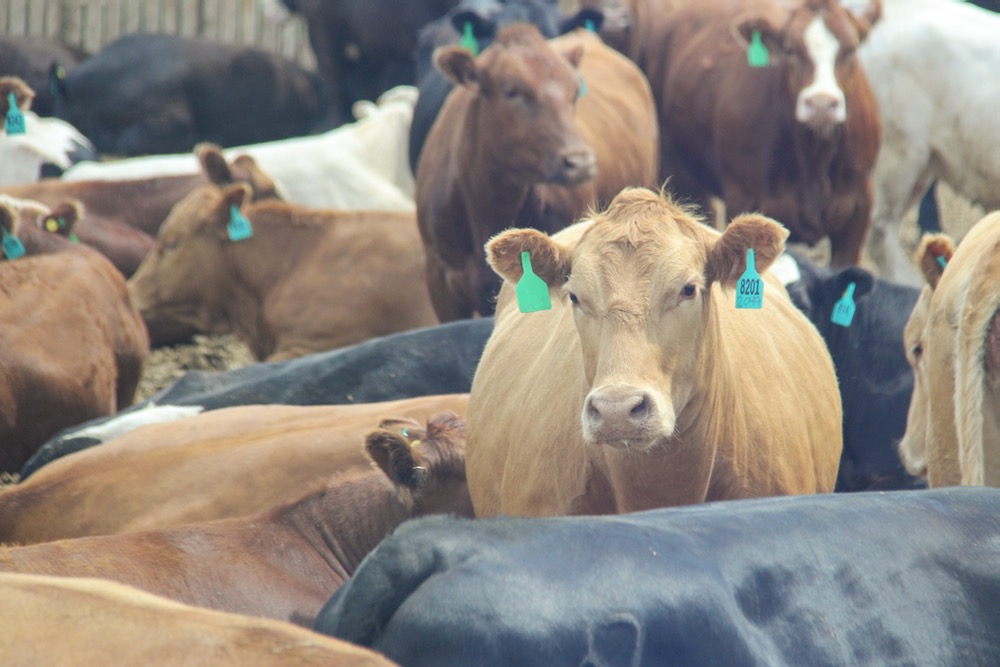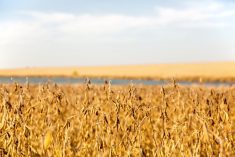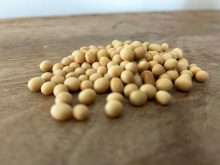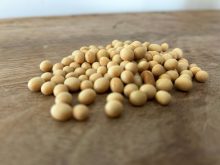MarketsFarm — Experts expect soybean acreage to decrease across Canada this year, though the jury is still out as to how much it will drop.
In its principal crop acreage report published March 21, Agriculture and Agri-Food Canada predicted that area planted to soybeans would decrease by three per cent across the country based on dry growing conditions in Western Canada. However, some think acreage in Manitoba could drop significantly.
“We’re looking at a bit of a drop this year in comparison to last year, but we’re not sure how much,” said Daryl Domitruk, director of research and production for Manitoba Pulse and Soybean Growers.
Read Also

U.S. livestock: Chicago cattle futures mixed ahead of Thanksgiving holiday
Chicago | Reuters – Chicago Mercantile Exchange’s live cattle futures were mixed on Tuesday, with nearby contracts extending the previous…
“For any crop this year, we need to preface any prediction by mentioning just how difficult it is to predict anything,” he hedged.
Before the trade issue between Canada and China emerged, some thought acreage could decrease by 10-15 per cent. Domitruk expects soybean area in Manitoba to be anywhere between 1.5 million and 1.8 million acres.
“Barring any kind of additional trade action, that’s where our projected acres are,” he said.
By comparison, in November last year, Manitoba Agriculture’s estimate of harvested soybean acres for 2018 came in at 1.878 million, down from 2.285 million in 2017.
Since China has shunned Canadian canola, some are also concerned that other Canadian crops could face the same fate.
“The China situation has generated rumours about other crops, but that’s currently not the case [for soybeans],” he said.
Due to the lack of demand from China for Canadian canola, some acres that were slated to grow canola might switch to soybeans. But with prices down from last year, some producers may choose to forgo soybeans entirely.
“A soybean grower likes to see prices around $10 per bushel or higher, so there’s potential for prices to hang in there,” Domitruk said.
Acreage might also shift to areas that don’t traditionally grow soybeans. Due to predicted spring flooding in the Red River Valley, northwestern Manitoba’s Swan River Valley may see more acres dedicated to soybeans.
In 2018, the large U.S. crop drew prices down. But this growing season brings a host of uncertainties as the U.S. Midwest and Corn Belt face continued flooding.
“We’re in a whole new world this year, there’s a lot more uncertainty.”
— Marlo Glass writes for MarketsFarm, a Glacier FarmMedia division specializing in grain and commodity market analysis and reporting.















